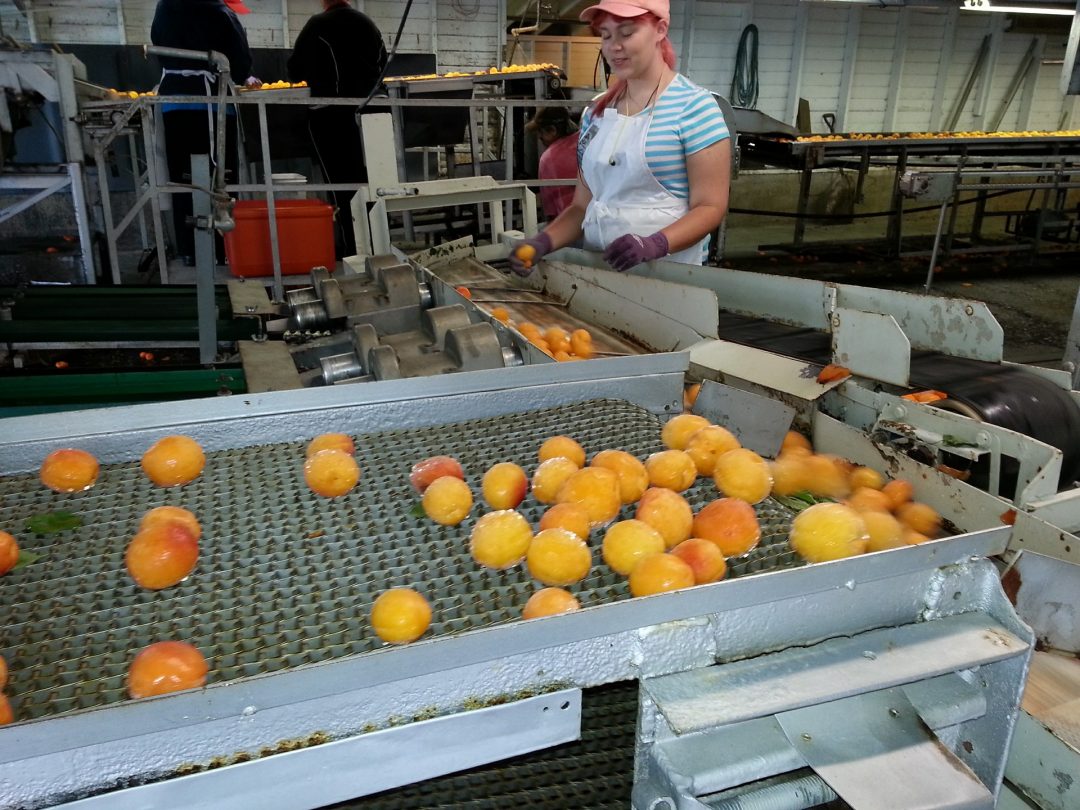How to Optimize Food Manufacturing Operations
In manufacturing and development, streamlining operations and optimizing productivity are key to maintaining a high yield. More importantly, optimized processes will also ensure higher-quality production, which is just as important for your output.
In food manufacturing specifically, total optimization is necessary even just for regular operations. Not only must the systems and processes remain consistent, but they must be clean and secure to prevent contamination or the spread of foodborne illness. Even something like a malfunctioning piece of equipment has the potential to contaminate or ruin large quantities of product.
Since there are so many factors that go into maximum efficiency, it’s important to both understand and identify the areas that can and should be improved. This includes company characteristics like employee training and experience, proper maintenance, convenience systems and safety protocols.
For anyone looking to optimize efficiency within their plant, here are some ways you can do that:
Employee Training and Education
The CDC estimates that 48 million people get sick each year that 48 million people get sick each year as a result of foodborne illness, while 128,000 are hospitalized and around 3,000 die. There are a variety of contributing factors, including common bacteria and viruses, improper storage and poor handling.
The onus of improper handling — which does have a significant impact on food quality — falls to the many employees and workers who deal with goods along the supply chain. This includes not just manufacturers and packagers but distributors and retailers, as well. Certain foods must be properly secured, sealed and stored — and failing to do so could result in serious damage to the goods if not the spread of a bacterial contamination.
Therefore, it is critical that all employees and individuals involved have the proper training and education on food safety, handling and retrieval. They should know not just how to operate tools and machinery, but how it affects the goods they are producing. You’ll need them to identify when something is wrong as early as possible so the appropriate action can be taken. This could be something as simple as a malfunctioning piece of hardware to something more egregious like severed packaging or quality seals.
Deploy Preventative Maintenance Measures
Malfunctioning or failing hardware is not conducive to productivity, nor is it helpful in regards to development quality. It’s important that you establish a preventative maintenance plan so that all your equipment and tools are assessed regularly and any issues are dealt with swiftly. Malfunctioning or decrepit machinery should be replaced and its use should not be prolonged. This should also be done in a timely manner, with production halted if necessary in the meantime.
For instance, industrial air compressor longevity and operability relies heavily on regular maintenance and monitoring policies. As Quincy Compressor explains, preventative maintenance must be done “on a timely and consistent schedule” to “help avoid costlier situations down the line.”
One practice would be to train your regular workers to spot the telltale signs of machinery and equipment failure. If they notice something wrong, they can bring this to the attention of maintenance crews sooner. When coupled with the appropriate IoT and smart monitoring devices, you can be sure all the bases are covered.
Keep a Clean Environment
Fresh and non-preservatives especially require both a clean environment and clean spaces to eliminate potential contamination. Of course, equipment and transport systems should also be cleaned regularly so as to eliminate rust, mold and other natural contaminants.
Quite frankly, neglecting even something like the floors of a factory or plant can lead to issues. Ants and insects, rats and serious bacterial buildup can occur when foods, crumbs and fluids are left to rot.
If you haven’t already, assemble a team and process to handle cleanup at every stage of development. Ensure that every surface, every piece of hardware and every area of your factory are near spotless.
Automate What You Can
Advanced robotics, automation software and machines and AI can be a good complement to reliable human workers. The idea is to take your manual labor and supplant them into advanced or more natural tasks. The automation tools can then replace redundant or rote processes, which require little to no oversight.
Packaging, for example, is handled almost entirely by automation systems in most manufacturing plants. The resulting software and hardware do need to be well-maintained and well constructed, of course, but once you have something in place, it can run almost indefinitely without interference.
Machinery and robotics never get tired, they never get burnt out and they never falter in regards to productivity — unless there’s a malfunction or physical problem.
Apply These Optimization Tips to Achieve Success
It is true that managing a food manufacturing company and its related systems can be incredibly challenging and complex. But with the right preparations and well-trained, diligent personnel, you can be sure to overcome all obstacles. In the end, maximum efficiency and optimization is key to success, especially when it comes to producing high-quality, desirable goods and foods.
Megan Ray Nichols
STEM Writer & Blogger
Resume: schooledbyscience.com/about/
Did scientists discover another planet? Invent a new gadget? Reverse climate change? Subscribe today get the latest news.
Leave a Comment
You must be logged in to post a comment.








